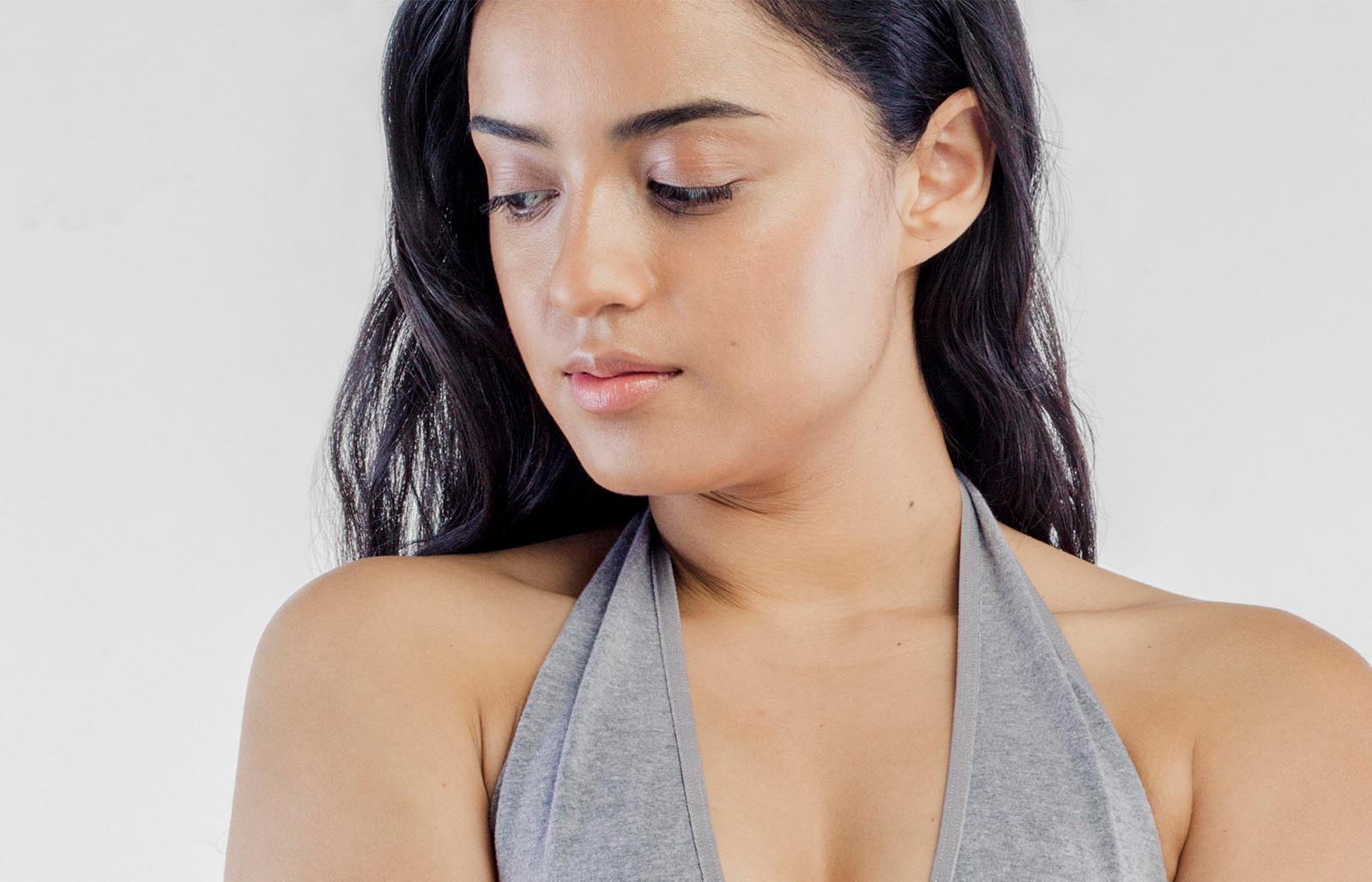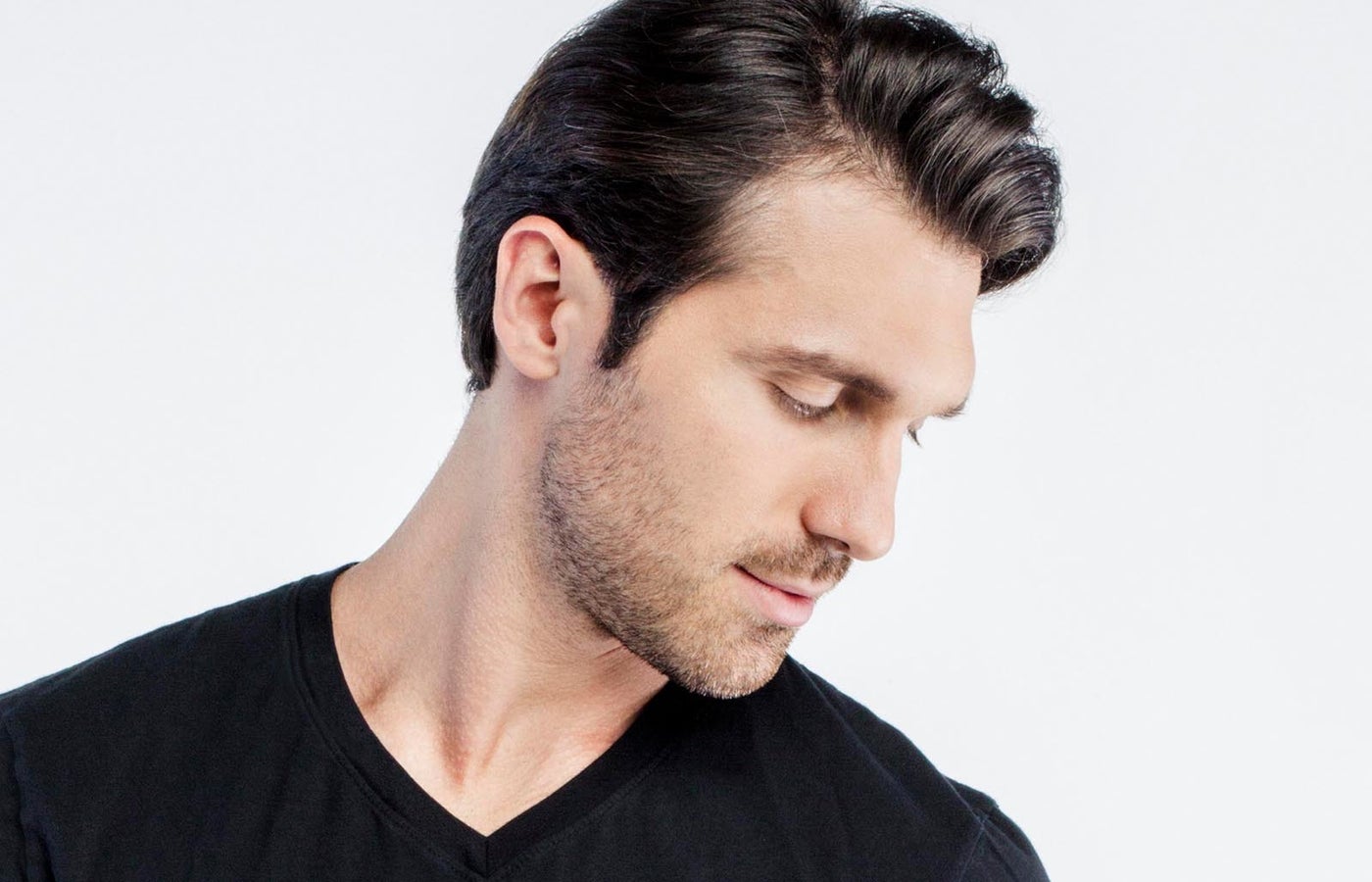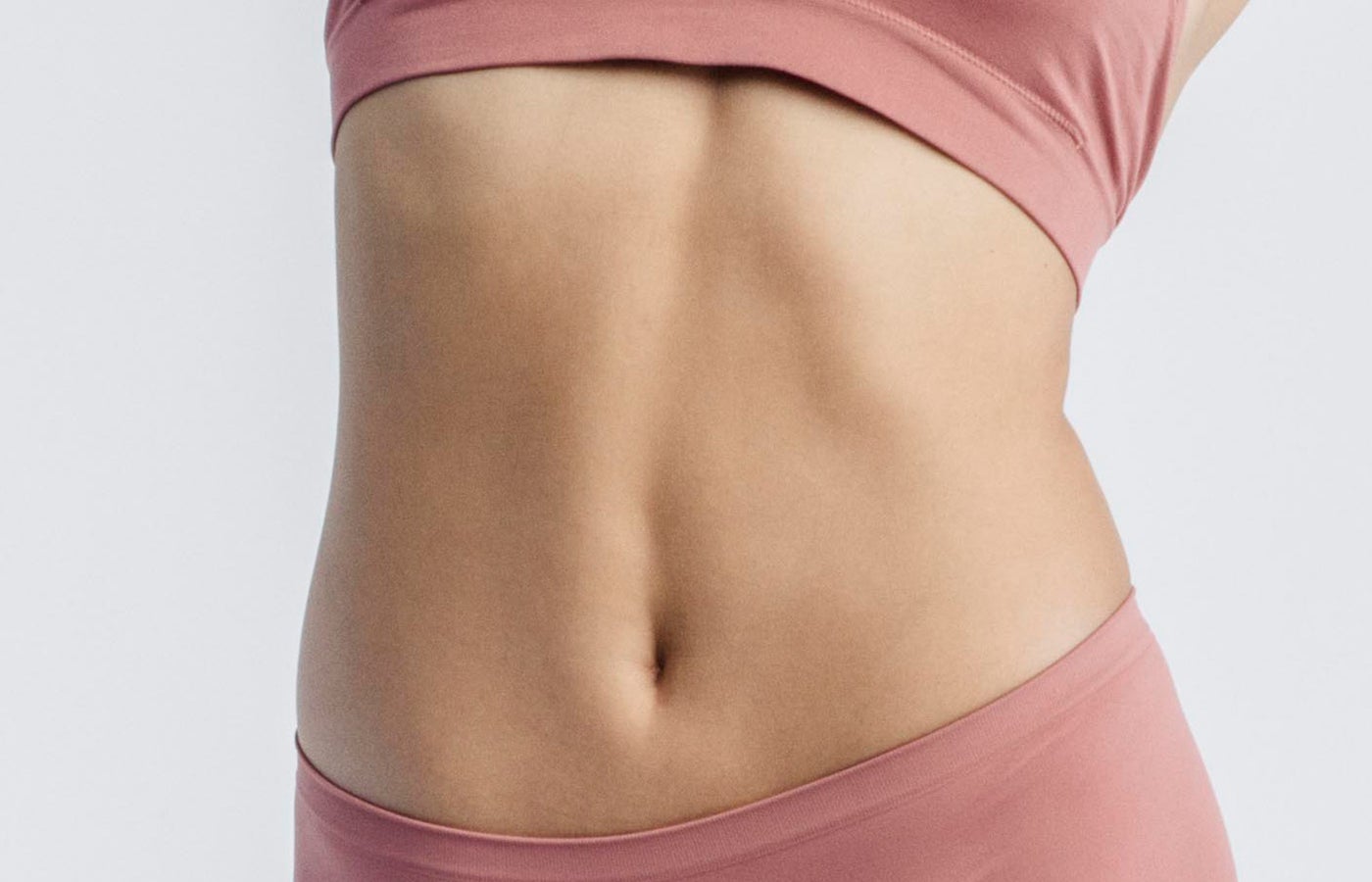Weak Chin
The chin contributes a lot to our overall appearance, which is why a less defined chin can be an aesthetic concern for many. It’s possible to transform a weak chin to become more appealing, with both noninvasive solutions and surgical options that are favored by both experts and RealSelf members alike.
The chin contributes a lot to our overall appearance, which is why a less defined chin can be an aesthetic concern for many. It’s possible to transform a weak chin to become more appealing, with both noninvasive solutions and surgical options that are favored by both experts and RealSelf members alike.
What causes it
Top treatments
Other options to consider
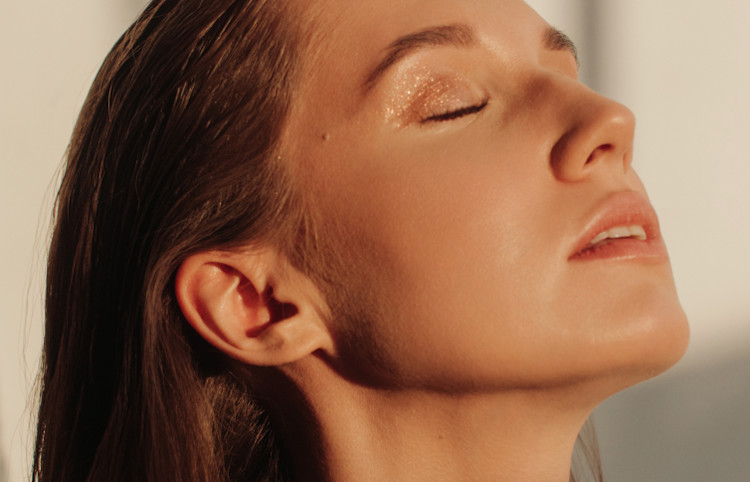
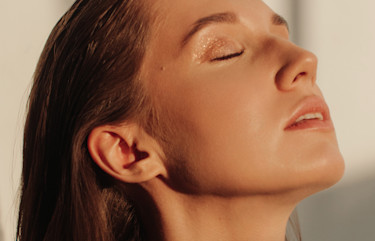
A weak chin is considered one that’s not prominent or sized proportionately to the face. Sometimes a weak chin can even retrude or slope back on the face, creating a less distinguished profile.
This characteristic has more of an impact on your overall look than you might think. In fact, participants in a study once determined that the chin and nose were two of the most important features for determining attractiveness of an individual. This study concluded that people with a well-defined chin were considered more appealing than individuals with a weaker jawline.
The easiest way to determine if you have a weak chin is to view your face in profile. In a well-proportioned chin, the forwardmost point of the chin should be on the same vertical plane as the forward-most point of the lower lip, says Honolulu plastic surgeon Dr. S. Larry Schlesinger. Try placing your finger from your lips straight down—your chin should almost touch your finger. A chin that ends behind this point is considered recessed or weak.
There are several possible causes behind a less defined chin.
- Genetics. Genetics plays a significant role in facial bone structure, and a weak or small chin is usually an inherited trait. “The frontal projection of the mandible [jawbone] simply doesn’t grow far enough forward, and patients are left with a recessive, or weak, chin profile,” explains Seattle facial plastic surgeon Dr. William Portuese in a RealSelf Q&A.
- Submental fat. Having excess fat under the chin, also called submental fat, can make it seem like your chin is recessed or receding even if it’s not, because excessive fullness can obscure the angle of the chin and neck.
- An overbite. Dental issues, like a deep overbite, can give the jaw a small appearance, since the lower jaw is sitting further back than the upper jaw.
Depending on whether you want a permanent or temporary solution, there are both surgical and nonsurgical treatments that can strengthen the look of your chin. In some cases, a combination of procedures may provide the best result.
If you believe that your chin and nose are out of proportion with your facial structure, keep in mind: treatments that strengthen a weak jaw can often balance a person’s face so well that nose surgery (rhinoplasty) becomes unnecessary, says Dr. Schlesinger. Be sure to choose a surgeon who’s experienced in performing both procedures, on their own and in tandem.
These are the treatments doctors and RealSelf members say deliver the best results for creating a strong chin and jawline.
- Injectable fillers provide instant and often dramatic results when used to correct a less prominent chin. Given their cost and temporary nature, they’re best for minor chin augmentations. A permanent option, like a chin implant, is more cost-effective in cases of significant chin recession, which can require multiple syringes of filling material. Tip: do one syringe at a time and evaluate the results after each so you can achieve a natural look. Radiesse and Voluma are thicker in molecular weight and therefore can provide more augmentation, making them ideal fillers for the chin area. For long-lasting results, Sculptra may be used to stimulate the body’s natural production of collagen. Even if you eventually opt for a permanent solution, dermal fillers can give you a good idea of what the result might look like, says Dr. Scott Trimas, a Jacksonville Beach, Florida, facial plastic surgeon, in a RealSelf Q&A. While some fillers can be dissolved, “only the hyaluronic acid fillers are reversible,” explains Dr. Portuese. “Radiesse and Sculptra are not reversible.” Find doctors who offer injectable fillers
- A neck lift, aka platysmaplasty, is a procedure during which fat is surgically removed from under the platysma muscle, an area that can’t be addressed with liposuction or noninvasive modalities like CoolSculpting. The outpatient procedure is performed under brief general anesthesia. “There are two compartments of fat in the neck, and they’re located above and below the platysma muscle,” explains Dr. Portuese. “It’s very common for patients who have a recessive chin to have significant deposits of fat in the neck because of poor soft-tissue support from the deficient mandible bone itself. These patients often require neck liposuction or a neck lift in combination with the chin implant, which improves both the chin and jawline. The procedures compliment each other.” "No skin removal is required, as long as the skin tone is adequate,” says Dr. Portuese. “If there’s loose and inelastic skin in the neck after the fat removal, then a lower face and neck lift is going to be required, to tighten loose facial and neck skin.” Find doctors who offer neck lifts
- Chin liposuction (aka submental liposuction) is a surgical procedure used to suction excess fat located above the platysma muscle, a broad sheet of muscle that runs from the collarbone through the neck and attaches to the skin around the mouth and the lower jawbone. Liposuction is the quickest way to get rid of a double chin. The procedure may be combined with a chin implant, to create a more defined jawline. Good skin elasticity is necessary, to avoid sagging after the fat has been removed. Some doctors will use Smartlipo, a type of laser-assisted liposuction that has the added benefit of stimulating collagen production, to tighten skin and boost elasticity. Alternative-energy-based devices, like FaceTite, are also popular options to pair with lipo in hopes of tightening skin. Chin liposuction takes less than an hour and requires only a local anesthetic. The procedure is performed via a single incision, unless you are also getting liposuction along the jawline. In that case, your doctor will likely make an incision by each ear as well. You’ll notice an improved contour immediately after the surgery, but full results take four to six weeks. Find doctors who offer chin liposuction
- A chin implant is a medical device made of silicone rubber (silastic) that strengthens the jawline and reduces the appearance of a receding chin. Implants, which are manufactured in a variety of sizes and shapes, can be placed through a small incision under the chin or through the mouth and fitted around the jawbone. “Chin implants create a three-dimensional augmentation, which is mostly in the forward projection—but there is improvement in the lateral width and a small amount of vertical height as well,” explains Dr. Portuese. “It’s one of the easiest surgeries, with the lowest complication rates, and one of the best self-confidence boosters around,” says Toronto facial plastic surgeon Dr. Cory Torgerson in a RealSelf Q&A. The procedure takes about 30 minutes and can often be performed under local anesthesia. You should anticipate 10 days of visible swelling in the chin area; your chin may look uneven until the swelling resolves. Full healing takes two to three months, after which you’ll see the final results. Find doctors who offer chin implants
- Chin surgery, such as a sliding genioplasty, enhances chin projection by cutting bone from the jaw and moving it forward. Thin titanium screws, which can’t be seen or felt, are then placed, to permanently secure the chin in the new orientation. The procedure is performed inside the mouth, so there are no scars. This type of surgery is usually performed by oral and maxillofacial surgeons. The surgery is more invasive than a chin implant, so it’s often reserved for severely recessed chins. “Cutting the bone itself is a much bigger operation, which I would hesitate to recommend unless there was no alternative,” says Dr. Darrick Antell, a plastic surgeon in New York City, in a RealSelf Q&A. The one-hour surgery is an outpatient procedure performed under general anesthesia. Full recovery takes two to three weeks, but patients usually return to work a week to 10 days after surgery. Find doctors who offer chin surgery
- CoolMini is an FDA-approved attachment for CoolSculpting, a procedure that painlessly freezes away fat cells. Each treatment takes about an hour, and there’s no downtime. Typically, the treatment is easy, and you can relax and watch TV as it is done. For best results, you may need two to three treatments, spaced four to six weeks apart. The treatment typically achieves a 20–25% reduction in fat, and final results usually appear within one to two months. While CoolMini provides some degree of skin tightening, it’s possible to have some laxity post-treatment. If you have significant sagging afterward, other options, such as a neck lift or Ultherapy skin tightening, can give you a more contoured jawline. Find doctors who offer CoolMini
- Kybella is a nonsurgical treatment involving injections that dissolve fat cells under the chin (also known as the submental region). The injections use deoxycholic acid—a naturally occurring enzyme found in the body—to help break apart fat cells, which are then removed via the body’s lymphatic system. Doctors on RealSelf recommend a series of up to six Kybella treatments, spaced four to six weeks apart. You’ll need at least two treatments to start seeing results, which take up to six weeks to appear. Swelling is an expected side effect that can take up to 10 days to significantly subside. “I recommend patients have submental Kybella at least three weeks prior to an event, to ensure that they can appreciate the procedure’s benefit without feeling self-conscious in any way,” says Dr. Eric Rosenberger, an otolaryngologist in Austin, Texas, in a RealSelf Q&A. Related: Kybella Busts Fat, and Not Just Under Your Chin Kybella isn’t a guaranteed way to get rid of a double chin—it doesn’t work the same for everyone. For this reason, liposuction may be a better option, says Dr. Daniel Barrett, a plastic surgeon in Beverly Hills, California, in a RealSelf Q&A. “Liposuction provides superior results and gives me more control over the area than any injectable. It also costs about the same as what you’ll pay for your first Kybella session, and the recovery time is about the same.” Find doctors who offer Kybella
Updated July 6, 2021
